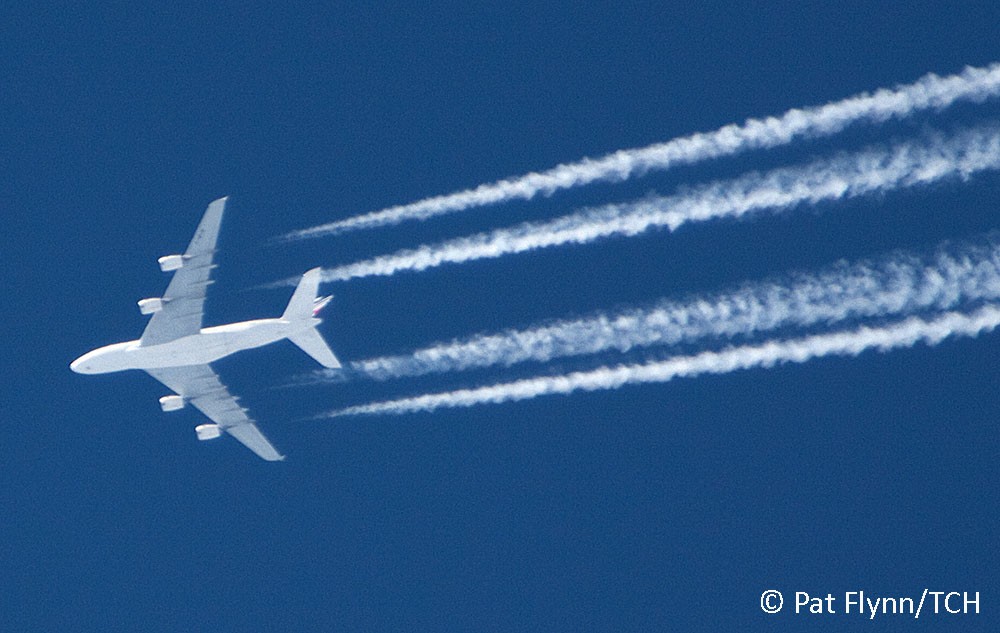
Aireon and the Irish Aviation Authority (IAA) have successfully completed testing of a satellite based aircraft tracking system.
Aerion, based in North Virginia in the US, is developing the world’s first space-based Automatic Dependent Surveillance – Broadcast (ADS–B) global air traffic surveillance system which, it’s hoped, will eliminate the issue of ‘losing’ an aircraft like Malaysian Airlines flight MH370 that disappeared without a trace in 2014.
The test confirmed that IAA’s service delivery point, a critical component for receiving global air traffic surveillance data, can process Aireon’s space-based Automatic Dependent Surveillance – Broadcast (ADS-B) data as soon as satellites are in orbit. This is seen as a major step towards deploying space-based ADS-B in Irish airspace, in addition to implementing the Aireon Aircraft Locating and Emergency Response Tracking (ALERT) service.
Aireon ALERT is a free global emergency-tracking service that will be hosted and operated by the IAA from its North Atlantic Centre in Ballygirreen in Co Clare.
The first service for IAA will be augmented surveillance in 5 nautical mile (NM) and 3NM airspace. Aireon’s space-based ADS-B system will be used to augment ground surveillance sensors by contributing to IAA’s air traffic management automation platform.

“Both IAA’s and Aireon’s engineering teams have worked around the clock to ensure our systems are ready to ingest the ADS-B data from Aireon’s global space-based aircraft traffic surveillance system,” said Peter Kearney, Director ATM Operations and Strategy, IAA.
“With the successful Site Acceptance Test, we are ready to implement space-based ADS-B data as soon as it begins transmitting, and that will further enhance our safety and surveillance capability in Irish-controlled airspace,” he said.
“Our team in Ballygirreen is also simultaneously getting ready to deploy Aireon ALERT to provide aviation stakeholders with free emergency tracking of aircraft. Aireon ALERT will greatly assist airlines, search and rescue agencies, aviation authorities and ANSPs during emergency situations.
At their request, on a 24-hour basis, we will be able to provide Aireon ALERT users, with the immediate ‘last known’ location of aircraft with tremendous accuracy. Aireon ALERT will offer precisely the kind of service being sought by ICAO, IATA, airlines and other aviation bodies to help locate missing aircraft as fast as possible,” Mr Kearney added.
Over the next several years, as more commercial aircraft in Europe are mandated to equip with an ADS-B transponder, IAA will increase its use of space-based ADS-B in its automation system. Following validation and the upgrading of the aircraft fleet to carry ADS-B capable transponders, space-based ADS-B could facilitate the decommissioning of redundant coverage ground sensors, delivering radar surveillance infrastructure and maintenance savings of up to 50 percent off current costs.
“IAA is a leader in international aviation and has made safety their number one priority. Not only are they moving ahead quickly and confidently with getting systems ready for space-based ADS-B, but they are putting their team whole-heartedly behind supporting emergency tracking and locating for the worlds’ ADS-B equipped aircraft,” said Vincent Capezzuto, Chief Technology Officer and Vice President of Engineering, Aireon.
“Aireon ALERT will be a public service to the industry, fully backed and operated by IAA. They have made it part of their mission critical operations to track aircraft in distress for our industry. We commend their dedication to Aireon’s next generation technology.”
Aireon’s space-based ADS-B service is scheduled to be operational in 2018.